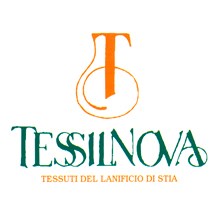



The love and passion for the art of weaving by Claudio Grisolini, inherited from his father Gabriele, have made Tessilnova grow in the heart of Stia, where the famous Panno Casentino originated.
A part of the Tessilnova company's laboratories is located in the old wool mill of the village, which has now become the museum of wool art, where Mr. Gabriele began his career as a weaver.
The first writings dating back to the working of this resistant cloth date back to 1272, in the middle ages, a "panno rusticale", as it was called, worn by those who, forced to live outdoors, had to protect themselves from the harsh climate and the weather. In the nineteenth century the Panno Casentino became a fabric appreciated by nobles and illustrious personalities such as Baron Bettino Ricasoli, Giuseppe Verdi and Giacomo Puccini.
In the traditional orange and green colors, the Panno Casentino is the result of an elaborate and careful craftsmanship. 13 are the finishing phases. The puncture procedure allows the felting of the wool that compacts and makes the fabric more closed, then it goes to the raising, a machine "scratches" the surface to pull out the hair. The final passage of the dyeing gives the cloth the classic "curl" appearance and creates a double layer that allows the fabric a perfect thermal insulation and an efficient impermeability, while maintaining the perspiration of the skin at the same time.
The processing of this fabric in pure, soft and fluffy wool is still done today in a totally artisan way, the techniques and the ancient knowledge have joined the most recent technologies to give life to a symbol of the Vallata Casentinese, appreciated and known throughout all over the world.

Making an elaborate and high quality product, starting from the processing of the raw material, is our great daily challenge.
Claudio Grisolini has a dream: to recreate herding in the Valle del Casentino, a very flourishing activity until the middle of the twentieth century. Today, in fact, wool is bought abroad, as the sheep present in the valley are excellent for processing dairy products but not for wool. The goal of Grisolini reflects the need to promote the economic development of the Casentino, thus combining two production systems, sheep breeding and the processing of cloth, which characterize the historical identity of the area. The dexterity and the attachment to the roots are the founding values of the Tessilnova company.
From the mid-nineteenth century the Panno Casentino is also used in the military supplies of the Casa Savoia. The test of the bucket consists of a goliardic experiment that the soldiers did when they went to Stia to pick up the ordered fabrics; four little ones held the cloth and others poured a bucket of water over them. This test was a long awaited moment by the wool mill workers who could thus measure the quality of their work. The test was passed if the cloth did not absorb the water.